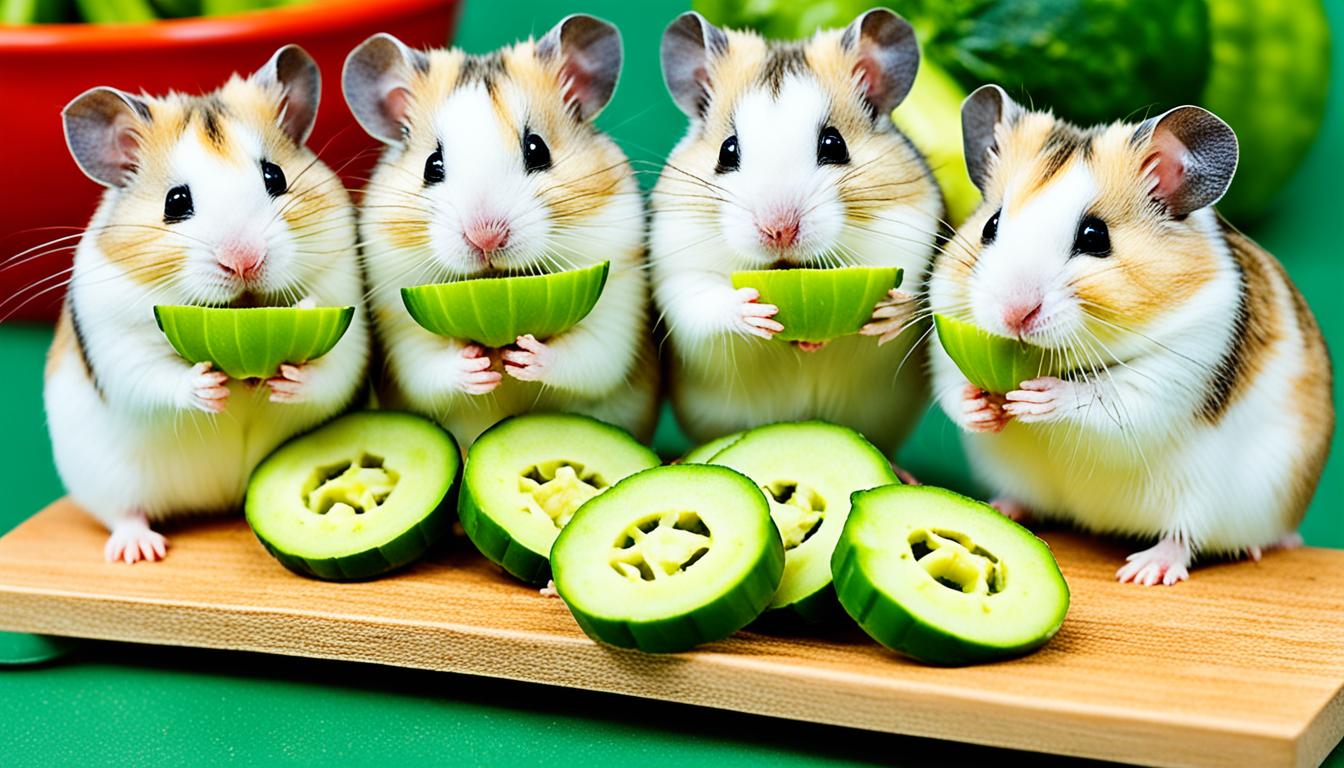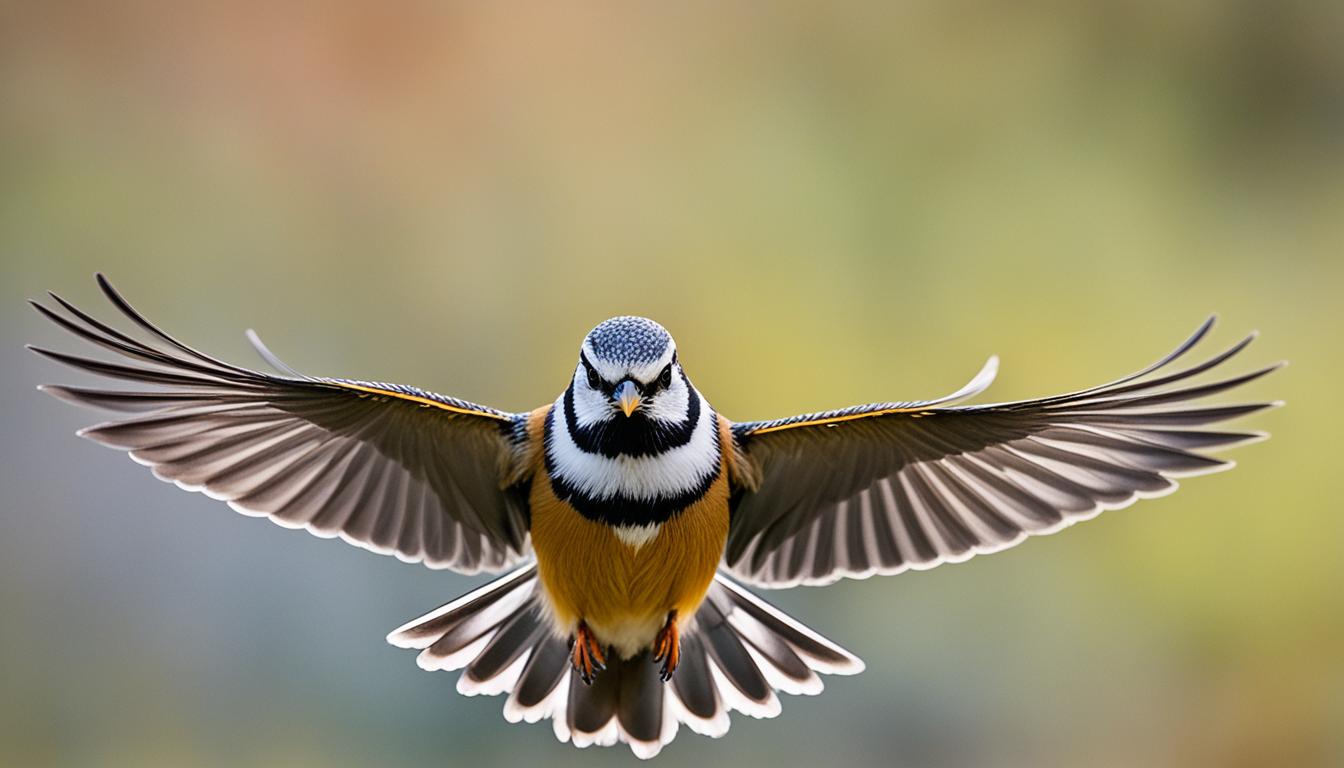Did you realize that parakeets, otherwise known as budgies, display a fascinating behavior by puffing up their feathers? While this may seem harmless, it actually carries important significance for these charming birds. It is essential for us to comprehend the reasons behind their puffing up and how to properly care for them.
Key Takeaways:
- Parakeets puff up their feathers for various reasons, including temperature regulation, contentment, health issues, preparation for sleep, and social behaviors.
- Observing other behavioral cues alongside puffing up can help determine the well-being and emotions of your parakeet.
- If you notice frequent or unusual puffing up, lack of appetite, lethargy, or any other concerning signs, consult a qualified avian veterinarian for appropriate care and treatment.
- Creating a cozy and warm sleeping environment for your parakeet is essential to ensure a restful night’s sleep.
- Understanding and responding to your parakeet’s needs will strengthen the bond between you and your feathered friend.
Temperature Regulation
Parakeets, also known as budgies, have a fascinating way of regulating their body temperature – by puffing up their feathers. This behavior helps them conserve heat in colder temperatures and maintain comfortable body temperature in various environmental conditions.
When parakeets fluff up their feathers, they create an insulating layer of air. This layer acts as a natural barrier between their bodies and the outside world, helping to trap and conserve body heat. By puffing up, parakeets can withstand colder temperatures without experiencing significant heat loss.
Conversely, puffing up can also assist with temperature regulation in warmer weather. When it’s hot, parakeets puff up to promote better air circulation through their feathers, which helps cool them down.
Budgies are highly sensitive to temperature changes and adapt their behavior accordingly. Puffing up is a natural and effective way for them to adjust to different environmental conditions, ensuring their bodies remain at a comfortable temperature.
Feather Anatomy and Insulation
Parakeet feathers play a crucial role in temperature regulation. A budgie’s feathers consist of a central shaft with barbs and barbules that interlock, creating a sturdy structure. The arrangement of these feathers helps to trap air, providing insulation that protects the bird from both cold and heat.
When a parakeet puffs up its feathers, the space between the feathers increases, allowing more air to be trapped. This expanded layer of air acts as a buffer, reducing heat loss and providing additional insulation.
The ability of budgie feathers to retain air makes them highly effective at conserving heat. Parakeets instinctively know how to utilize this natural mechanism to adapt to different temperatures and maintain their wellbeing.

Comparing Temperature Adaptation in Parakeets and Humans
Understanding how parakeets regulate their body temperature can provide insights into the fascinating differences between their physiology and ours. While humans rely on sweating and shivering to combat temperature extremes, parakeets have evolved a unique adaptation in their feathers to ensure their survival in various environments.
Table: Comparing Temperature Adaptation in Parakeets and Humans
| Aspect | Parakeets | Humans |
|---|---|---|
| Method of Heat Conservation | Puffing up feathers to create an insulation layer | Sweating and shivering |
| Environmental Adaptation | Adaptable to a wide range of temperatures | Reliant on controlled indoor environments |
| Physical Structures for Heat Retention | Feather anatomy and efficient insulation | Layers of subcutaneous fat |
| Behavioral Adaptation | Puffing up feathers to trap air and regulate body temperature | Seeking shade, using blankets, adjusting clothing layers |
As evidenced by the table, parakeets have evolved unique physical attributes and behavioral adaptations to cope with a wide range of temperatures, unlike humans who often rely on artificial means of temperature control.
By understanding the remarkable ability of parakeets to regulate their body temperature through puffing up, we can appreciate and care for these incredible birds more effectively.
Contentment and Relaxation
When a parakeet is feeling content and secure in its environment, it may puff up its feathers as an expression of relaxation and trust. Content parakeets often engage in perching or grooming while puffing up, indicating they feel at ease and enjoy their surroundings. Vibrant colors and active behavior may accompany puffing up in content budgies.
Contentment and relaxation are vital for a parakeet’s overall well-being. As their caretakers, providing a stimulating and comfortable environment helps foster a sense of security and happiness. Here are some signs that indicate your parakeet is in a relaxed state:
- Smooth head feathers: When a parakeet is calm and content, the feathers on its head will appear smooth and tidy.
- Relaxed and extended wings: A parakeet that is at ease and enjoying its surroundings may have wings slightly away from its body, showing relaxation.
- Slow and deliberate movements: Content parakeets move gracefully and purposefully, reflecting a calm and relaxed demeanor.
- Soothing vocalizations: Happy parakeets may produce soft coos or gentle chirps, expressing their contentment.
Additionally, social interactions and bonding with their human companions contribute to a relaxed parakeet behavior. Spending time together, talking softly, and offering tasty treats helps build trust and reinforce a positive relationship.

Health and Discomfort
Puffing up can be more than just a natural behavior for parakeets. It can also serve as a sign of underlying health issues or discomfort. When a parakeet is feeling unwell, it may conserve energy by puffing up its feathers as a defense mechanism.
If you notice that your parakeet is frequently puffing up, accompanied by a lack of appetite, lethargy, or unusual behavior, it may be a cause for concern. These symptoms could indicate the need for veterinary attention.
Rapid and repetitive puffing up can even be a sign of respiratory distress or other serious health problems. It’s essential to keep a close eye on your parakeet’s overall behavior and seek professional advice if you observe any alarming signs.
Remember, parakeets are masters at hiding illnesses, so it’s crucial to be attentive to their well-being and seek prompt veterinary care if needed.

Respiratory Distress in Parakeets
One particular concern associated with puffing up in parakeets is respiratory distress. Parakeets can be susceptible to respiratory infections or other respiratory issues, which can manifest as difficulty breathing.
If your parakeet exhibits rapid, labored breathing, wheezing, gasping for air, or mucus discharge from the nostrils, it is essential to consult a qualified avian veterinarian immediately for proper diagnosis and treatment.
Takeaway
Puffing up in parakeets can be a normal behavior, but it can also serve as a sign of illness or discomfort. Paying close attention to your parakeet’s body language and behaviors is crucial in identifying any potential health concerns. If you suspect something may be wrong, seeking professional veterinary care is always recommended.
Bedtime Routine and Sleep
Before settling down for sleep, parakeets often puff up their feathers to create a cozy and warm environment. This behavior helps them conserve body heat during the night, ensuring a comfortable rest. Puffing up before bedtime is a normal behavior, and parakeets may assume a relaxed posture while perched.
The Importance of a Cozy Sleep Environment
Similar to humans, parakeets have specific sleeping patterns and requirements for a good night’s rest. Creating a cozy sleep environment is essential to ensure their well-being and promote healthy sleep cycles.
Here are some key factors to consider when setting up a cozy sleep environment for your parakeet:
- Temperature: Maintain a consistent ambient temperature between 65-75°F (18-24°C) to help your parakeet feel comfortable during sleep.
- Lighting: Provide a quiet and dimly lit area for your parakeet to sleep in. Covering their cage partially with a breathable fabric can help create a sense of security and reduce exposure to external stimuli.
- Cage Placement: Position your parakeet’s cage away from high-traffic areas and potential sources of noise or drafts. This will minimize disturbances and create a peaceful sleep environment.
- Nesting Material: Offer your parakeet soft bedding material, such as bird-safe shredded paper or nesting cotton, to create a comfortable nest-like area for sleeping.
By providing a cozy sleep environment, you can help your parakeet get the rest it needs for optimal health and well-being.

| Benefits of a Cozy Sleep Environment | How to Create a Cozy Sleep Environment |
|---|---|
| 1. Promotes relaxation and restful sleep | 1. Maintain a consistent ambient temperature |
| 2. Supports healthy sleep patterns | 2. Provide a quiet and dimly lit area |
| 3. Reduces stress and anxiety | 3. Position the cage away from noise and drafts |
| 4. Enhances overall well-being | 4. Offer soft bedding material for nesting |
Conclusion
Understanding why parakeets puff up provides valuable insights into their well-being and emotions. By paying attention to their body language and overall behavior, we can ensure optimal care and strengthen the bond between humans and these delightful birds.
If you have concerns about your parakeet’s puffing up, it is important to consult a qualified avian veterinarian. They can provide a thorough examination and appropriate treatment if necessary, safeguarding your parakeet’s health and well-being.
Remember, parakeets rely on us for their care and happiness. By being attentive to their needs and seeking professional guidance when needed, we can create a harmonious and fulfilling life for these beloved pets.










